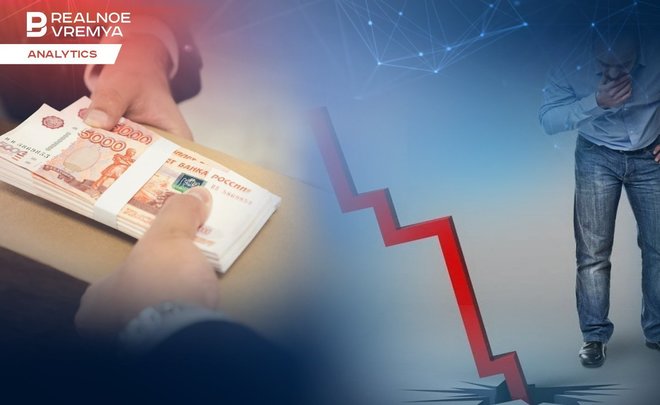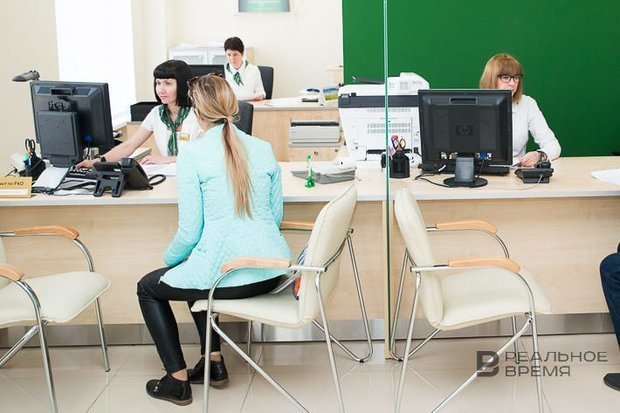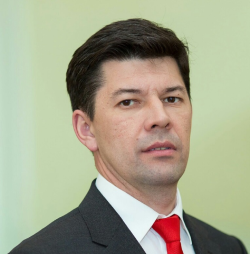Non-issued millions: banks cut consumer lending
By 155 thousand consumer loans less were issued in 2022 than in the previous year in Tatarstan

The debts of Russians to banks exceeded 27 trillion rubles — compared to 2021, this figure increased by 10%. Since January and so far for the entire first quarter, the Central Bank has set restrictions for banks and MFOs on issuing consumer loans to borrowers with a high debt load. But even without these innovations, consumer lending in Tatarstan in 2022 fell by 27,2% compared to the previous year. Banks have tightened their risk policies, and customers themselves are not rushing into credit bondage. How this segment is going to develop this year, and whether the regulator will introduce new restrictions for bankers — in the review of the analytical service of Realnoe Vremya.
According to the National Bureau of Credit Histories (NBKI), in 2022 the number of consumer loans issued amounted to 12,53 million, a decrease of 27,1% compared to the previous year (in 2021 — 17,18 million). This is lower than the “pandemic” 2020 year, when 14,62 million consumer loans were issued in Russia.
Dynamics of consumer credit issuance in 2020-2022
The largest number of consumer loans in the regions of the Russian Federation in 2022 were issued in Moscow, Moscow Oblast, Krasnodar Krai, Republic of Bashkortostan, and St. Petersburg. Tatarstan is the 6th: 415,8 thousand consumer loans were issued in the republic in 2022, the drop by 2021 was 27,2%.
“The situation with the issuance of consumer loans last year in many ways resembles 2020 with its 'quarantine' spring. In both cases, following the “spring” fall, in general, there was a tendency to some recovery of the consumer credit segment," said Aleksey Volkov, the marketing director of NBKI. “The general cooling in this segment as a whole is due to the more conservative credit policy of banks that refuse customers with insufficient personal credit rating and excessive debt load. The reduction in the issuance of consumer loans is also due to that recently citizens have been increasingly inclined to a savings model of financial behaviour, not seeking to increase their debt burden.”
Compared to 2021, in the previous year, Samara Oblast (-28,4%) and Nizhny Novgorod Oblast (-27,6%) showed the most serious dynamics of reducing the number of consumer loans issued, according to the NBKI, in the top 15 regions of Russia. The smallest decline in the issuance of consumer loans was noted in Novosibirsk Oblast (-19,8%) and Kemerovo Oblast (-20,3%), as well as in the Republic of Bashkortostan (-21%), St. Petersburg (-21,9%) and Moscow (-21,9%).

Debts of Russians to banks have reached record-breaking levels
Since January 1 and for the entire first quarter of 2023, the Bank of Russia has established restrictions for banks with a universal license and microfinance organisations (MFOs) on the issuance of consumer loans and loans to already credited borrowers.
The volume of unsecured consumer loans issued to unreliable borrowers during this period cannot exceed 25% of the volume of all consumer loans issued by the bank in January-March 2023. MFOs will not be able to issue more than 35% of all loans to heavily indebted borrowers in the first quarter.
According to the Central Bank, the debts of Russians to credit institutions have reached record-breaking values — as of December 1, 2022, the volume amounted to 27,09 trillion rubles. Compared to the same period in 2021, the indicator increased by 10%, or 2,5 trillion rubles.
The Central Bank planned to set limits from July 2022, but postponed the decision due to economic sanctions. The Central Bank plans to set limits for the second quarter of 2023 in February “taking into account the dynamics of the debt burden of the population and lending standards”. The Bank of Russia does not exclude that the limits may be tightened.
Bankers and their clients have become more cautious
“The expected consumer response to any changes is caution. Last March, we reached a minimum in terms of consumer lending. Our task was to maintain the availability of credit for our customers against the background of an increase in the key rate," says Ruslan Akhatov, the deputy manager of the Bank of Tatarstan branch of Sberbank PJSC. “In the fourth quarter of 2022, we noted the return of lending volumes to the pre-February level, and in December exceeded the figures of the beginning of the year.”

“First of all, this picture is due to a high degree of economic uncertainty, difficulties in building long-term plans and increased inflation expectations," said Alfat Zamaliev, the deputy chairman of the Board of the Bank of Kazan. “In view of these factors, in 2022 there was a transition to a more restrained consumption model, characterised by a reduction in spending and increased attention to saving.”
According to him, the 2020 year was not characterised by such a dynamic change in the key rate, the increase of which directly affects the rise in the cost of resources for the bank, and, consequently, the level of interest rates offered by it.

Rosbank recorded an increased demand for credit cards in 2022, said Ruslan Yulbarisov, the director of the territorial office of Rosbank in the Republic of Tatarstan.

Central Bank keeps consumer lending under control
Deputy Director of the group of ratings of financial institutions of the NKR Agency Egor Lopatin calls the main reasons for the reduction in lending volumes both the tightening of risk policies by banks and the decline in consumer activity of the population itself due to uncertainty and deterioration of the macroeconomic situation.

According to Expert RA, the volume of consumer loan debt in 2022 increased by only 4% due to reduced demand against the background of a sharp rise in the cost of borrowing in the first half of the year, as well as a decrease in the level of approvals of applications by banks due to increased risks of deterioration of borrowers' solvency.

Pressure on the volume of new loans will also be exerted by macroprudential limits on loans to borrowers with an increased level of debt burden, she agrees. At the same time, the expert does not exclude the introduction of additional regulatory innovations in this segment to reduce the level of creditworthiness of vulnerable groups of the population.

According to the expert, a stronger decline in consumer loan disbursements in 2022, compared with the pandemic 2020, is explained by the stronger economic shock of last year and a slower and longer recovery after the crisis. “The higher interest rates prevailing in the economy and the higher debt burden of people also probably affected. However, it should be noted that the gap is still not that big," Dodonov said.
Making forecasts for 2023 is not easy — much will depend on the development of the situation in the economy. The analyst of FG Finam expects that in the absence of new strong shocks, consumer lending will continue to recover, but it will not reach the levels of 2021. “Against the backdrop of still high macroeconomic uncertainty, citizens will be cautious about further increasing their debt burden, and banks will continue to impose increased demands on borrowers. According to the Central Bank of Russia, the portfolios of unsecured consumer loans of banks will increase by 10% this year, I think it is quite possible to focus on this figure," the expert believes.